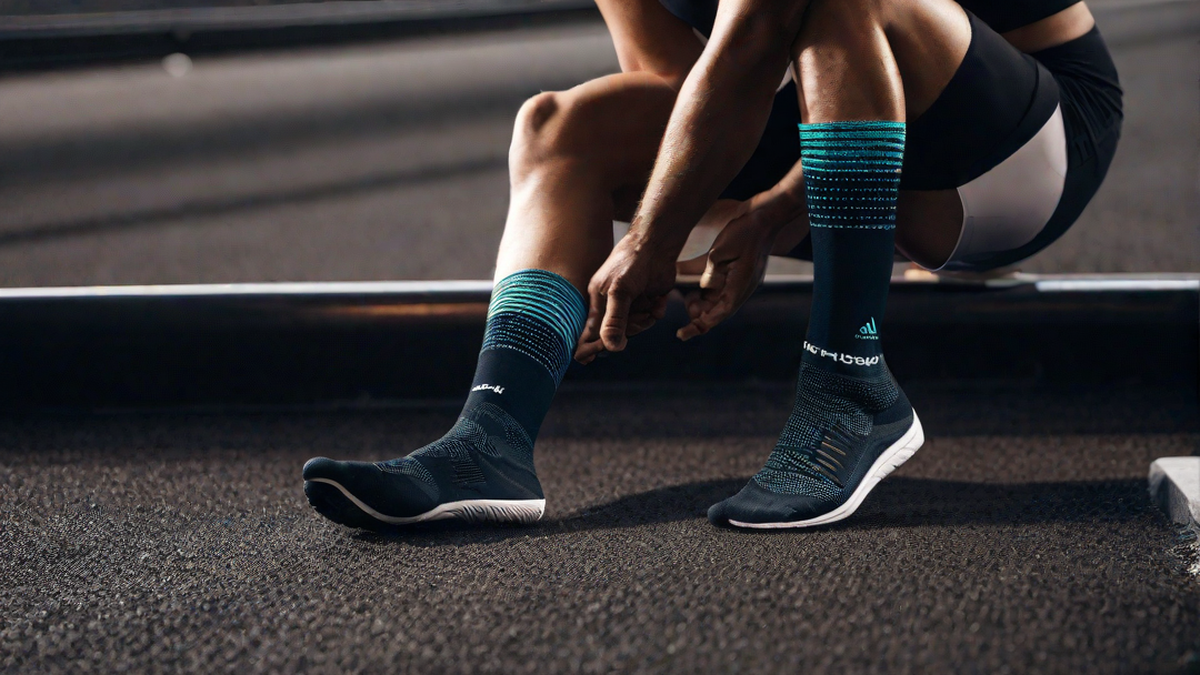As a passionate runner, I have always been curious about the benefits of compression socks for running. I’ve seen many fellow runners donning these tight-fitting garments during races and training sessions, but I never truly understood their purpose until I started wearing them myself. In this article, I will delve deep into the world of compression socks and discuss their importance in enhancing performance, preventing injuries, and aiding in recovery.
What are Compression Socks?
Compression socks are specially designed garments that exert gentle pressure on your legs, ankles, and feet. They are typically made of elastic materials that provide a snug fit and are available in various lengths, from knee-high to ankle socks. The idea behind compression socks is to improve circulation in the lower limbs by applying pressure to the blood vessels and muscles.
Enhancing Performance
One of the primary advantages of compression socks for runners is their ability to enhance performance. When you run, your leg muscles work hard, and blood flow plays a crucial role in supplying oxygen and vital nutrients to these muscles. Compression socks promote better blood circulation, which can result in improved endurance, reduced muscle fatigue, and enhanced running efficiency.
The compression provided by these socks helps to push deoxygenated blood back towards the heart more efficiently. This means that oxygen-rich blood can reach the working muscles faster, providing them with the necessary energy to keep going. By reducing muscle oscillation and vibration, compression socks also help to stabilize the leg muscles, resulting in better proprioception and overall running form.
Preventing Injuries
Another key benefit of wearing compression socks during running is their potential to prevent injuries. The constant impact of running puts stress on your muscles, tendons, and joints. Compression socks provide support to these areas, helping to stabilize the muscles and reduce the risk of strains and sprains.
The compression also helps to minimize muscle damage and inflammation during exercise. By improving the removal of metabolic waste products such as lactic acid, compression socks can aid in reducing muscle soreness and speed up recovery.
Aiding in Recovery
Recovery is an essential part of any training program, and compression socks can play a significant role in expediting the process. When you finish a run, blood can pool in your legs, leading to swelling and discomfort. Compression socks assist in reducing this pooling by enhancing blood flow and preventing the accumulation of fluid.
By wearing compression socks after a run or workout, you can help your muscles recover faster by increasing oxygen delivery and promoting the removal of waste products. The compression also provides a gentle massage-like effect, reducing muscle soreness and stiffness.
Conclusion
After exploring the purpose of compression socks for running, it is clear that these garments offer several advantages for runners. From enhancing performance and preventing injuries to aiding in recovery, compression socks can be a valuable addition to any runner’s gear. However, it’s important to note that compression socks are not a substitute for proper training and conditioning. They work best when combined with other aspects of a comprehensive training program.
So, if you’re a runner looking to improve your performance, protect yourself from injuries, and recover faster, give compression socks a try. They might just become your new favorite running accessory!

